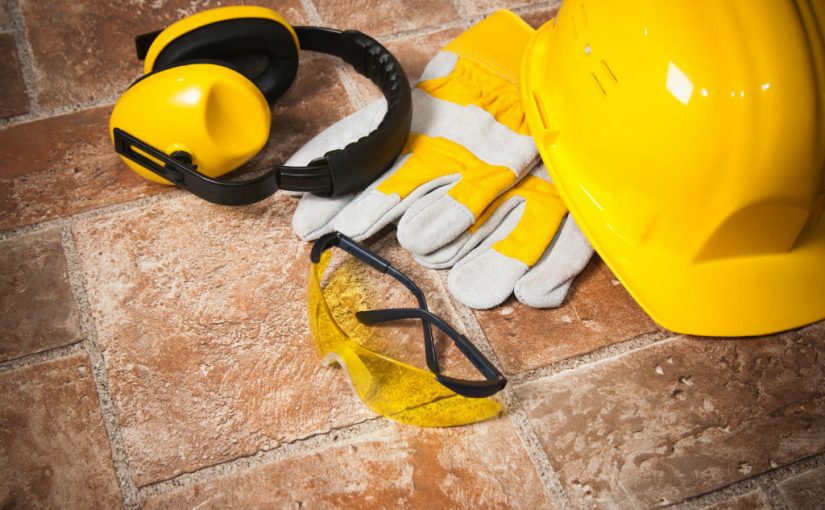Have you ever watched a professional concrete cutter in action? If not, you’ll almost certainly marvel at their incredible precision, skill, and patience – as they take that one and only opportunity to create the perfect cut and nail it every single time. But the other thing you’ll definitely notice is that concrete cutting safety is, well, an awfully big deal.
Indeed: Safe concrete cutting and drilling is not just about a highly-skilled professional. They also use exactly the correct, highly specialised and extremely powerful equipment – and a long list of ‘dos’ and ‘don’ts’ that everyone who is interested in minimising concrete cutting hazards will always know well. In fact, Victoria’s workcover authority – WorkSafe Victoria – has even put out a safe concrete cutting and drilling industry standard, which gives advice about minimising worker injury.
The obvious dangers of cutting and drilling concrete are, well, obvious – and then there’s all that really tricky inverted cutting, all the hazardous dust and gases, vibration, working at heights, working near electricity, difficult sawing techniques – and a lot more.
The concrete cutting and drilling experts here at Hard Core VIC have a lot of wisdom and experience to impart on the topic. So what have we learned about concrete cutting hazards over the years that we can put together in a handy list of the most pertinent considerations for safe concrete cutting and drilling just for you?
1. Equipment
In short, it’s about precisely matching the equipment to the specific job. A good place to start is the manufacturers’ guidelines – and we’re talking about the saws, drills and the blades. Different concrete cutting blades and tools are made for different materials, different cuts, and different applications. The one you need depends on the composition, density and other qualities of the concrete, but the number 1 rule is: make sure whatever you’re using is in pristine working order.
2. Safety gear
It should go without saying that because cutting and drilling concrete is inherently risky, measures should be taken to wear clothing and gear to protect yourself. Basically, exposed skin is a no-no, as are unprotected ears for those loud tools and eyes that are exposed to dust and debris. Hi-viz is a good idea when others need to see you, and First Aid should never be far away.
3. Precautionary check
Yes, concrete cutters need to know their tools and their techniques inside-out – but that can actually breed complacency. Highly proficient and experienced professionals will therefore always do a precautionary check before flicking that ‘on’ switch – involving checking for missing blade segments, cracks and other damage, and even some of those less noticeable signs of weakened or stressed blades, like discolouration.
4. Safe concrete cutting
When it comes to the actual cutting & drilling, remember that word we used in the introduction … patience. Combined with confidence and a powerful saw and blade, the cutting power is absolutely immense. At the same time, saw blades are also quite fragile, especially when not used properly. Patient and proficient cutters therefore use chalk or string to plan for that straight and true cut line, as well as shallow ‘pilot’ cuts. After that, the patient concrete cutter will then also be humble – and let the saw and the blade set the pace.
5. Dust prevention
A little earlier in this piece, we also mentioned a word that every concrete cutter knows extremely well … dust. Cutting yourself is the obvious risk, but dust control is also a major concern – and not just for the eyes. Concrete contains materials that, when turned into fine and almost invisible dust by powerful tools, is actually extremely bad for you. That’s why some cuts require the use of water (also known as wet concrete cutting) to minimise dust production, some tools integrate ventilation systems, and some tasks require masks or ventilators.
Hard Core VIC knows all about safe concrete cutting
We think those 5 are a good start when it comes to how to cut concrete safely – but it’s definitely not all! There’s also equipment grounding and insulating, safe practices for working around water with electrical tools, checking plans for wires and other utilities, and so much more. Yes, concrete cutting is inherently dangerous, but with appropriate safety measures in place, the confident, patient and level-headed concrete cutter can always get the job done … and return home safely each and every day.
